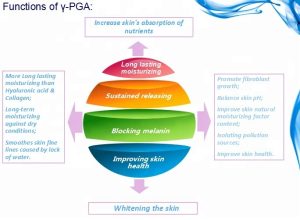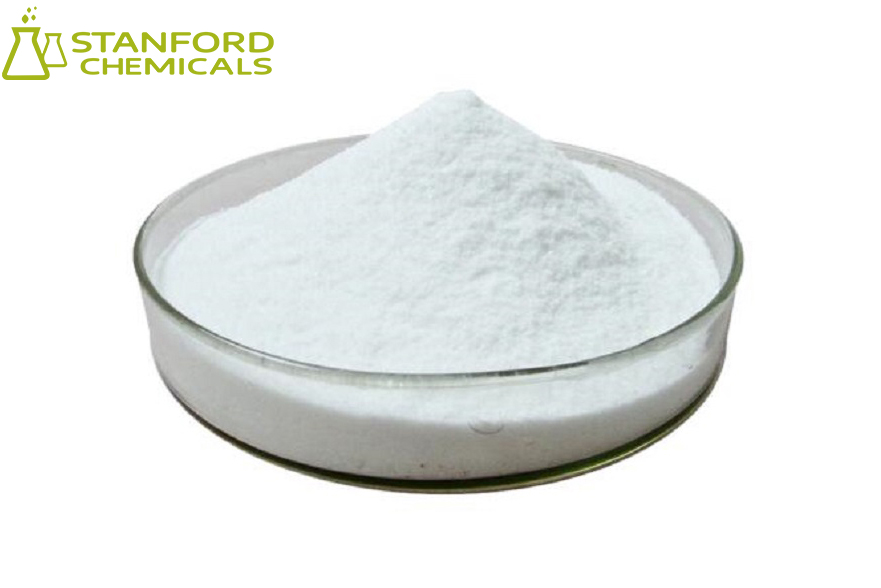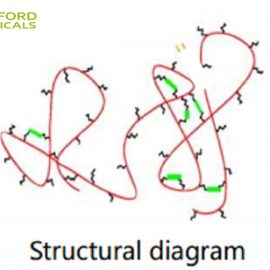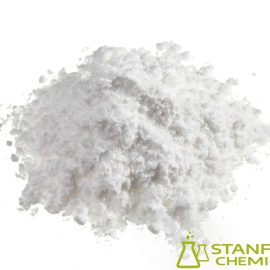Polyglutamic Acid Powder Introduction
Polyglutamic Acid (PGA) which exists frequently in nature in the form of sodium polyglutamate, is usually a sticky anionic amino acid polymer. Initially, it was found in a traditional food ‘natto’, which is also called γ-Polyglutamic acid (γ-PGA). The polymer is an isomorphism type of polypeptide biopolymer with glutamic acid as a structural unit and connected by an amide bond.
Since each of the structural units of glutamic acid contains a plurality of hydrophilic groups, a large number of hydrogen bonds can be formed inside or between the polymer chains, so PGA can effectively capture and retain moisture, enhance skin elasticity, and be regarded as a good natural moisturizing ingredient widely used in personal care products. Our Hyafactor-PGA is produced by fermentation with a superior strain of Bacillus subtilis. Its INCI name is Sodium Polyglutamate.
Features of Polyglutamic Acid Powder
| Appearance | White or off-white powder or grannies | |
| Assay | ≥90% | |
| PH | 5.0~7.5 (1% solution) |
Functions of Polyglutamic Acid Powder
Promote the Accumulation of NMFs
High-Quality Moisturizing
Reduce the Degradation of HA
Improve Elasticity and Softness of the skin
Inhibit Melanin production
Scavenge Free Radicals

Polyglutamic Acid (PGA) Powder Applications
* Emulsion, Mask, Concentrate, Essence, Cream, Cleanser;
* Hair care products, etc.
Polyglutamic Acid (PGA) Powder Specification
| Characters | White or off-white powder or grannies |
| Infrared absorption | In accordance with the standard |
| Assay | ≥90% |
| Intrinsic viscosity,[ᶇ]/(dl/g) | ≤0.1(SLM) 0.1~1.0 (LM) 1.0~5.0 (HM) |
| pH (1% solution) | 5.0~7.5 |
| Loss on drying | ≤ 10.0% |
| Heavy metals | ≤ 20 ppm |
| Absorbance(4%, 400nm) | ≤ 0.12 |
| Bacteria counts | ≤ 100 cfu/g |
| Mold & Yeast | ≤ 100 cfu/g |
| Staphylococcus aureus | Negative |
| Fecal coliforms | Negative |
| Pseudomonas aeruginosa | Negative |
See: SDS Files





Reviews
There are no reviews yet.